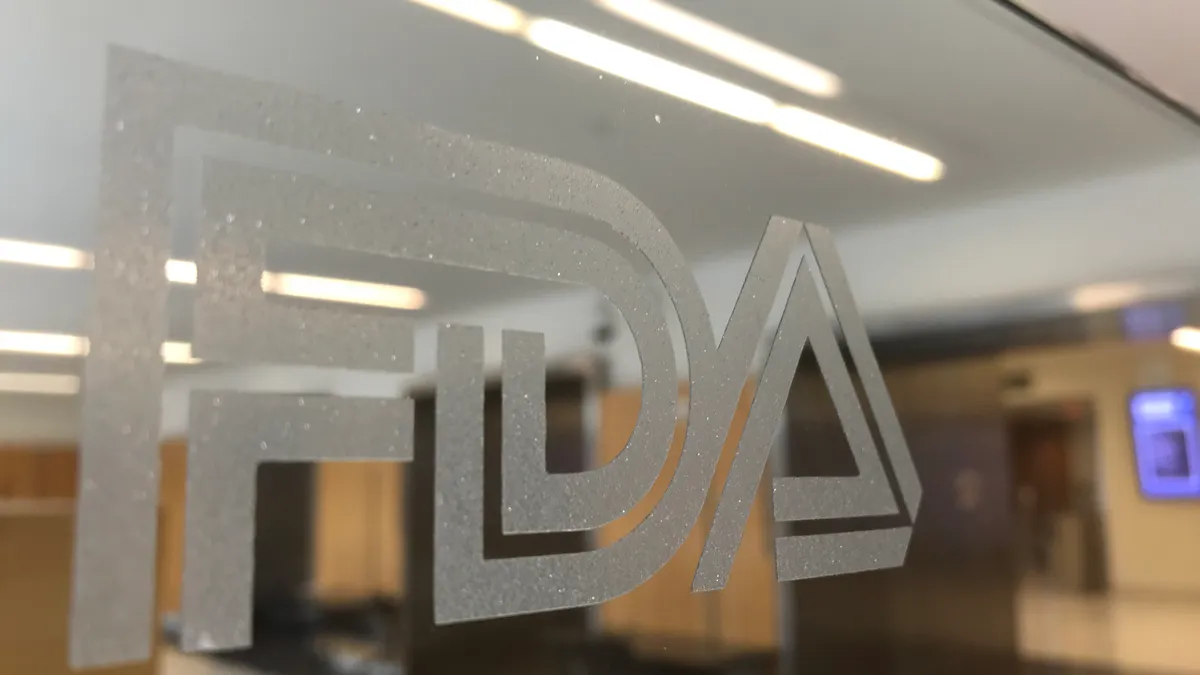Dive Brief:
-
The FDA changed its guidance on appropriate use of voluntary consensus standards in premarket medical device submissions after an industry group said they'd have "drastic implications" for companies, as they "have never been required to secure a manufacturing facility prior to marketing, let alone at the time of 510(k) submission."
-
Consensus standards define approaches to aspects of medical device evaluations, including testing methods and acceptance criteria.
-
In revising the text, the FDA has softened a proposal some observers called "devastating" but not completely reversed course.
Dive Insight:
Manufacturers have used consensus standards to satisfy parts of regulatory filing requirements for decades. Over that time, legislative changes have driven the evolution of these practices, leading the FDA to propose new draft guidance on the topic in 2014.
The agency define the standards as "a consensus approach to certain aspects of the evaluation of device safety and effectiveness, such as testing methods, acceptance criteria, and processes to address areas such as risk management and usability."
The 2014 draft featured two new proposals. One of those proved to be highly controversial and was roundly criticized by groups including the Medical Device Manufacturers Association.
"MDMA is particularly concerned about the reversal of FDA’s policy toward the use of promissory statements that has been proposed in the draft guidance. In fact, the potential effect of this change on emerging medical device companies – particularly small manufacturers focused on development of a single device – has been described by some of our members as 'devastating,'" the trade group wrote in its feedback on the original draft.
The backlash centered on the FDA's statement that "use of a promissory statement indicating future conformance with a consensus standard is not appropriate to support a premarket submission." As MDMA, AdvaMed and others saw it, that statement marked a deviation from the FDA's prior stance that would force companies to finish development and testing of production units before finding out whether the agency accepts a device as substantially equivalent and eligible for the 510(k) pathway.
MDMA warned the change would have "drastic implications" for companies that follow the 510(k) pathway as they "have never been required to secure a manufacturing facility prior to marketing, let alone at the time of 510(k) submission."
In finalizing the guidance, the FDA changed the section on promissory statements but aspects of the controversial proposal have survived the rewrite. The FDA added a caveat to its statement on the inappropriateness of promissory statements to explain that it is against their use "in many cases." The revisions leave very limited scope for companies to continue to use promissory statements.
"Typically, if submitters rely on a consensus standard to support a premarket submission, FDA expects that conformance to the consensus standard will be met prior to submission of the application to FDA. However, in some limited cases, a promissory statement may be acceptable to support a regulatory decision," the agency wrote in its final guidance.
The FDA’s resistance to the widespread use of promissory statements stems from a belief that "many standards include general methods with multiple options, and in some cases, these standards do not include well-defined acceptance criteria or address assessment of results."










